News
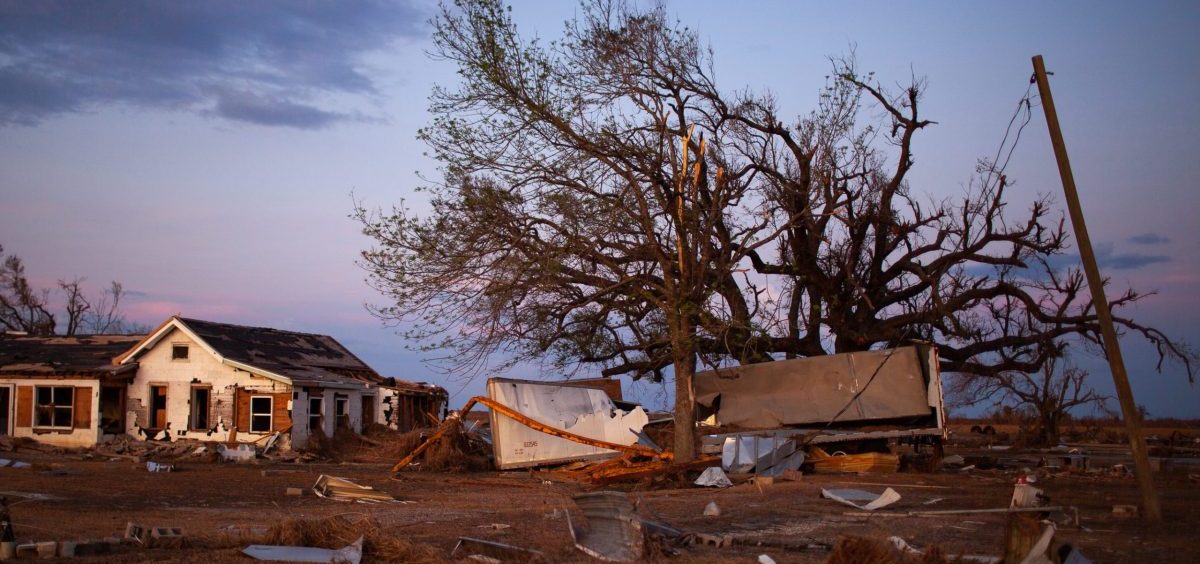
Living In Harm’s Way: Why Most Flood Risk Is Not Disclosed
By: Rebecca Hersher | NPR
Posted on:
VIRGINIA BEACH, Va. (NPR) — Five years ago, the Obbink family decided to buy a house in Virginia Beach, Va.
Kerrie Obbink led the charge because her husband, Steve, was an active-duty member of the Navy. That was why they had moved from Connecticut to Virginia in the first place. Kerrie started looking for houses that were in their price range, and where she could imagine raising their children.
It didn’t take long to find a place that seemed right. “He liked the standalone garage,” she remembers, “and there was a park across the street with playing fields, which was nice.”
The Obbinks pooled their savings and made an offer on the house. That started the wheels of the homebuying process turning: They put down a deposit, scheduled inspections, got approved for a mortgage and moved into their one-story house in fall 2015.
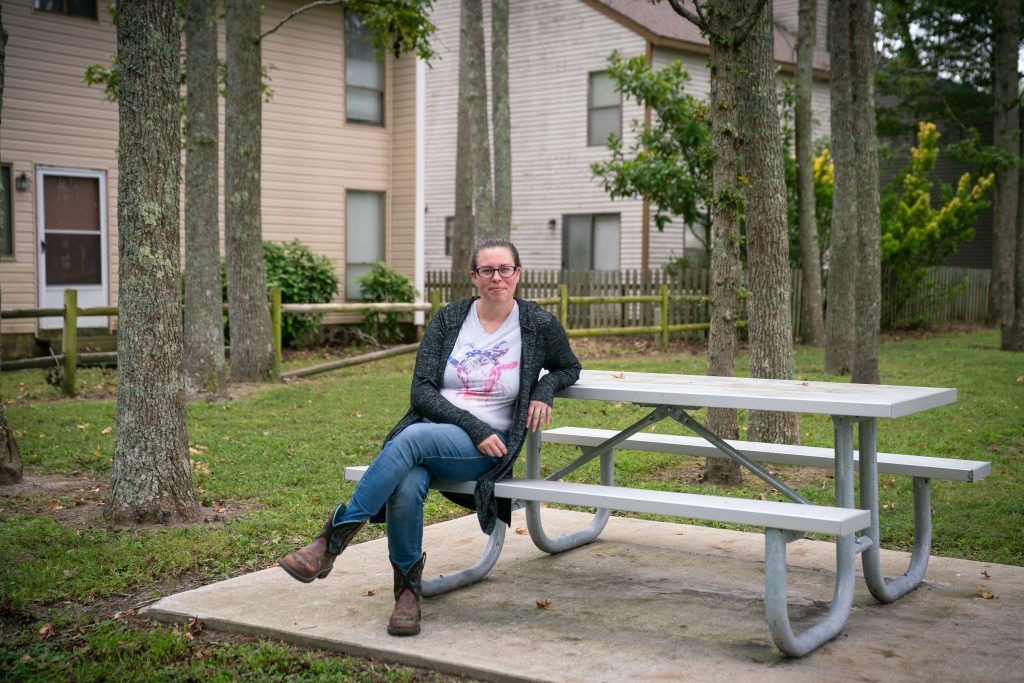
The house had also flooded less than a decade earlier, and it was in a flood plain. The federal government knew both of those things — the Federal Emergency Management Agency keeps track of flood insurance claims and publishes flood maps that states and cities use to make planning decisions. But no one told the Obbinks they were moving into harm’s way, because no one was obligated to: not their real estate agent, not the seller, not the inspector. Or any government agency, or the real estate website that listed the property.
A growing body of research suggests that the lack of transparency and growing flood risk due to climate change are leading millions of Americans to put their safety and their financial futures in jeopardy.
About 15 million properties have significant risk of flooding, according to recent estimates that take into account climate-driven weather. Yet studies in multiple states have found that most people living in harm’s way did not understand their home’s flood risk until after they purchased it.
When the Obbinks’ house flooded, they didn’t even have time to evacuate. Kerrie Obbink and her husband spent the night of the flood with two small children and five pets packed in one sagging, waterlogged bed, worried they might drown if they fell asleep. The flood damage wiped out the family’s remaining savings. They had nowhere to go while they were repairing the house, so they lived in their garage for four months.
“All of our things, piled outside on the curb for the city to pick up,” Obbink remembers, “that was the real moment for me. I don’t ever want to go through anything like that again.”
A patchwork of ineffective laws
The situation is particularly dire for poor and middle-class Americans who invest everything they have in their home, as the Obbinks did. Research by environmental economist Lala Ma at the University of Kentucky suggests that people with less wealth are more likely to concentrate in areas with more flood risk, perhaps because properties are more affordable or because of racist housing policies that restrict housing options. And they suffer disproportionately when a flood happens.
Poor families are hit the hardest, Ma says. “The long-term costs of vulnerable groups being exposed to flood risks are really high,” she says, because a house is usually a family’s biggest asset, and there are no savings to fall back on. “It snowballs into their well-being in the future.”

Yet 21 states do not require any information about flood risk to be disclosed to homebuyers, according to the Natural Resources Defense Council. Some of those states are among the most vulnerable to rising seas and climate-driven extreme rain, including Florida, Virginia and Massachusetts.
Even residents of states that do require flood risk disclosure often don’t know that they live in harm’s way until it’s too late, because the information they receive from sellers, real estate agents and government agencies is confusing, incomplete or comes too late.
In 27 of the 29 states with flood disclosure laws, potential buyers receive information about whether a house is prone to flooding only after they make an offer on the house, NPR found when it reviewed state statutes.
“At that point, you’re really committed to a property,” says Carolyn Kousky, executive director of the Wharton Risk Management and Decision Processes Center at the University of Pennsylvania. “It’s hard for the [flood] risk to be a factor in the decision-making at that point, because it becomes something that’s like, ‘Hey, is this enough to kill the deal and walk away?’ ”
She says information about a property’s flood risk must be conveyed much earlier when people are still weighing their options.
Kousky also argues that flood risk information should be clearer. In the majority of states with flood disclosure requirements, homebuyers get a form with a simple check box saying whether the property is in an official flood plain — one of hundreds of pages of documents that the buyer must make sense of after they’ve made an offer.
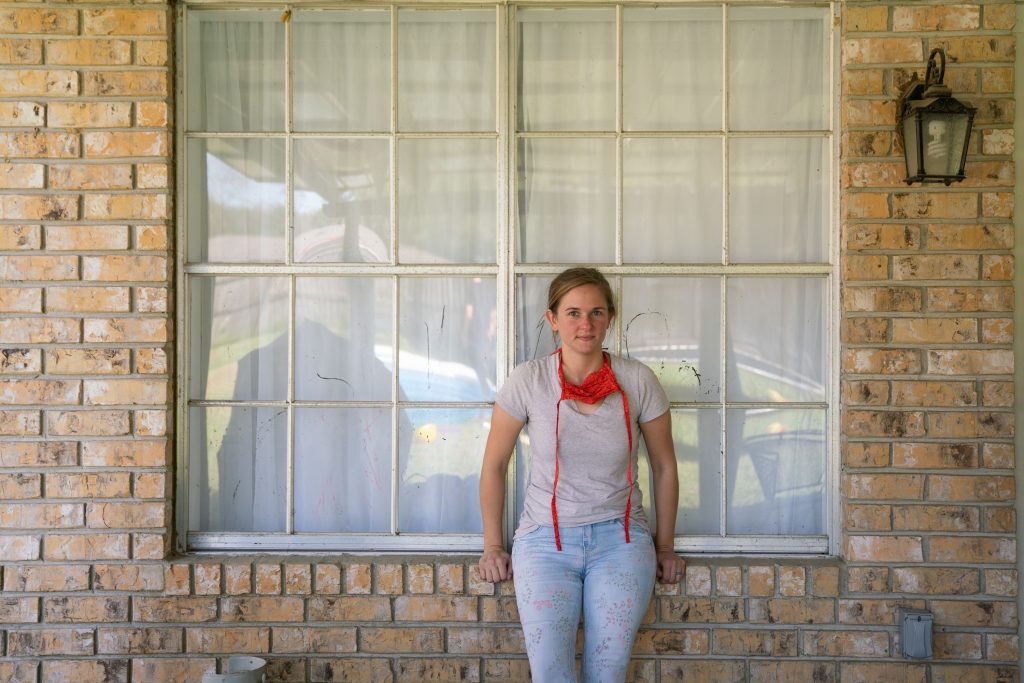
In some cases, the information that homebuyers receive is not an accurate depiction of the flood risk their new home faces. Official flood maps have hard lines between areas with high flood risk and areas with little or no flood risk, which can give the false impression that a home that is next to a flood plain is not at risk for flooding.
In fact, nearly one-third of flood damage happens outside official flood plains, according to FEMA. “So it doesn’t mean you’re safe if you’re not in it,” the Wharton Risk Center’s Kousky says. “Right now, we don’t do a good job explaining that to people.”
When Lane Barilleau came back from his tour of duty in Afghanistan in 2010, he and his wife, Loren, were looking for a quiet neighborhood and a house with a yard for the children they planned to have. The area northeast of Baton Rouge, La., where they’d gone to high school together, seemed perfect.
The couple both understand that the climate is changing, and that means more flooding in southern Louisiana. They were looking for a house that would stay dry, and they thought they’d found one.
Louisiana has the strongest flood disclosure law in the country: People selling the house are required to say whether the house is in an official flood zone, whether they have flood insurance and whether they have experienced flooding at the house.
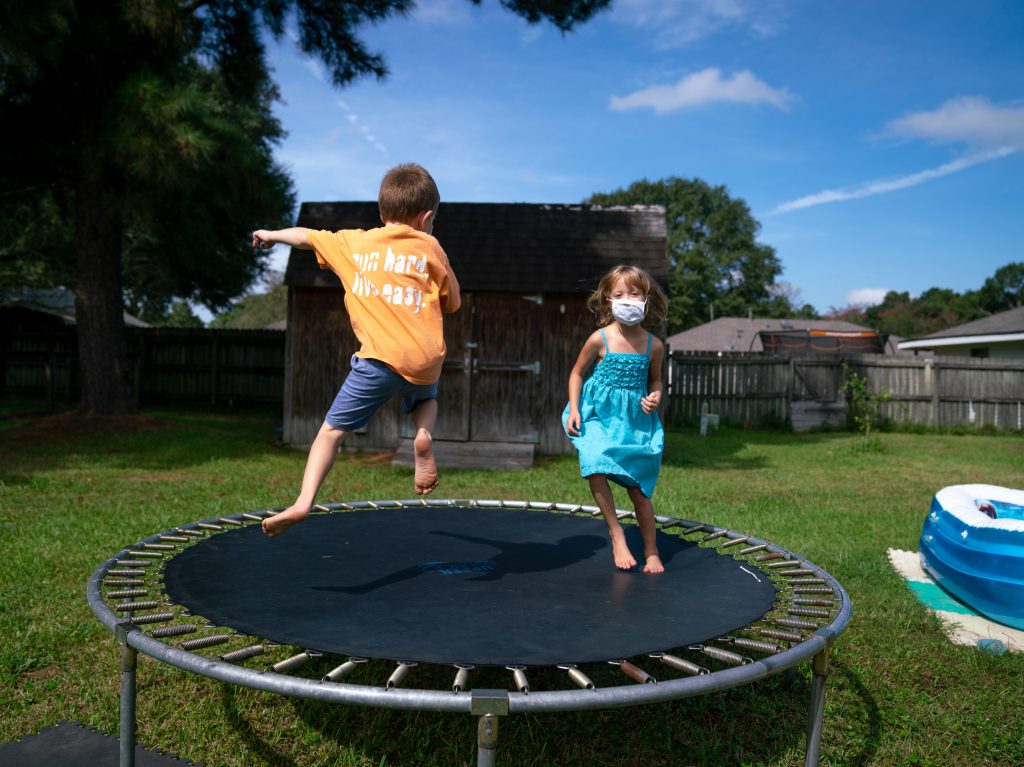
But their home was still at significant risk for flooding, even though it wasn’t technically in a flood zone. In 2016, a rainstorm sent nearly 2 feet of water into their house. The flood was even more financially devastating because they didn’t have flood insurance. They thought they didn’t need it because they were on an island of high ground. They had to borrow money to repair the damage.
And there were deeper effects. Loren Barilleau blames a miscarriage she experienced during that time partly on the stress from the flood. They had to move in with family while they were repairing the house, which meant a lot of upheaval for their two small children. “We had no schedule,” she remembers. “They didn’t take naps anymore. People were like, ‘Does your 2-year-old nap?’ No, he doesn’t nap. He just falls asleep in my arms.”

She wishes that the information they received about flooding had gone beyond the hard lines on the map and actually conveyed the risk. “It would have been helpful to know what the chances were,” she says.
The fight for more information
Ballooning, climate-driven flood damage in the U.S. in recent years has led some states to consider new flood risk disclosure requirements for real estate transactions.
After hotter-than-average water in the Gulf of Mexico caused Hurricane Harvey to dump a record-breaking amount of rain in the Houston area in 2017, Texas passed a law that requires sellers to tell buyers whether a home is in a flood zone and whether they have flood insurance.
But similar attempts elsewhere have stalled. One reason is that widespread flood risk has led elected officials of both parties to reject changes that could drive down their constituents’ property values. Congress considered a nationwide disclosure requirement as part of an overhaul to the National Flood Insurance Program, but the plan went nowhere. A bill that would close a loophole in New York’s disclosure requirements has been pending in its state Legislature for months.
In Virginia, bills proposing new requirements have failed twice in the last two years. The most recent bill failed in January after the Virginia Realtors association strongly opposed it. Terrie Suit, the CEO of the association, says the group didn’t like that the legislation would have required sellers to disclose information about flood risk.
“It leads the buyer to rely on information from a nonprofessional, someone who has no expertise in flood hazard zones, no expertise in flood insurance requirements,” Suit says. “It’s very concerning to us.”
Meanwhile, the National Association of Realtors is advocating for a nationwide flood disclosure system that would not rely on real estate agents. Instead, the group has called for an independent service for homebuyers that would be similar to Carfax, the private entity that provides detailed information, including crash and flood history, to potential buyers of used cars.
While the idea has drawn some support from independent flood experts, it is unclear who would administer such a service or who would pay for it.
Many homeowners, elected officials and real estate agents worry that disclosing flood risk could undermine property values or lead to prohibitively high flood insurance premiums. Loren Barilleau, whose home flooded in 2016, says she would only support stronger disclosure laws if they came with protections for sellers.
“It’s a tough thing,” she says. “On one hand, I want to know if I’m buying a house that will flood. But on the other hand, it’s not fair if we lose money when we sell this house just because the rules changed.”
Research suggests that disclosing flood risk can cause property values to dip slightly — about 4% in most studies, although the effects vary in different parts of the country. Miyuki Hino, an assistant professor of city and regional planning at the University of North Carolina at Chapel Hill, studies price impacts of hazard disclosure and says she understands why elected officials might be nervous about requiring flood risk disclosure.
“There’s a side of you that doesn’t want to take the risk of devaluing any properties,” Hino says, “and therefore [thinks], ‘Let’s just leave everything the way it is.'”
But she warns that disclosing flood risk is likely better for both buyers and sellers than hiding it or hoping it will go away. Keeping flood risk secret allows more and more people to move into harm’s way without understanding the financial implications, and it contributes to what Hino describes as a potential flood risk housing bubble.
“What you’re doing is actually allowing the bubble to continue growing and eventually it’s going to pop,” she says. “So, are you better off trying to deflate it slowly or waiting for an explosion to happen?”
When disclosure laws are not enough
Transparency about flood risk is only one piece of the puzzle when it comes to helping people protect themselves from the hazards of a warming planet. People are not rational machines who decide where to live based purely on maps and data and, for some, the community where they feel most at home also happens to be prone to flooding.
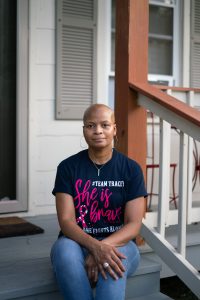
“I think my mom was about 6 months old when they moved into this house, and she’ll be 70 in November,” says Tracey Neldare, sitting in the side yard of the home she now shares with her husband. “We were raised in this home. My brother and I would spend summers here.”
After Tracey’s grandmother died, it passed down to Tracey’s mother and her siblings. The Neldares decided to buy it from the rest of the family and renovate it so they could live there.
They finished the renovation in early 2016, and the house flooded about six months later.
Water damaged a lot of belongings that had been passed down over the years, which was hard for Tracey. Repairing the house took a year of work, which Tramelle mostly did himself to save money. But they never considered moving, and they still aren’t considering it, even though they know another flood could happen.
“It’s still in the back of your mind when a hard rain comes,” Tracey says. “You get a little nervous. You really do.”
But she says the house comes with something irreplaceable: neighbors she has known her entire life. A lot of the original families still live on the street. When Tracey was diagnosed with cancer during the pandemic, her neighbors came to check on her. “It’s like family,” she says. “Where else are you going to find that?”
9(MDI4ODU1ODA1MDE0ODA3MTMyMDY2MTJiNQ000))


